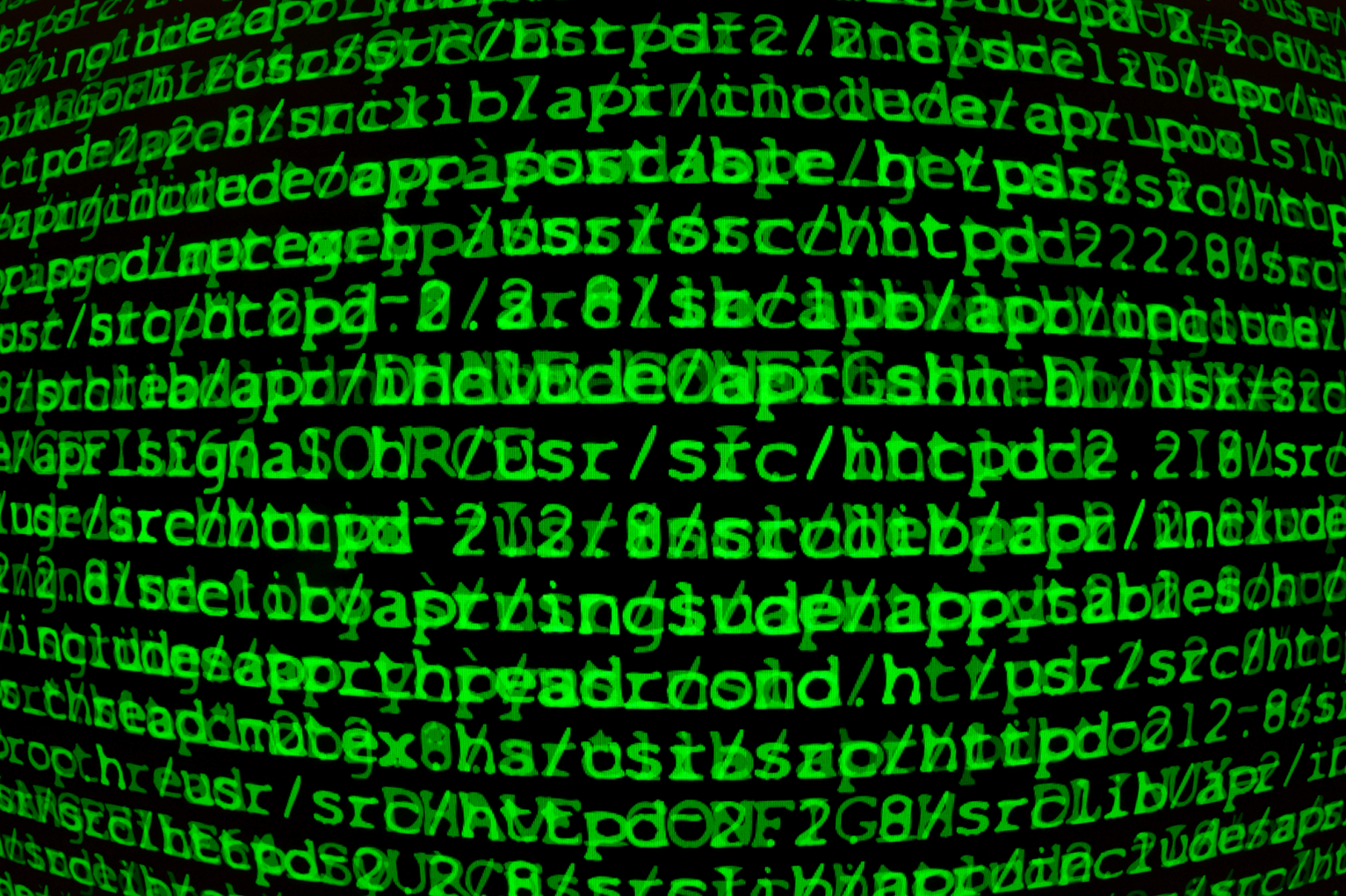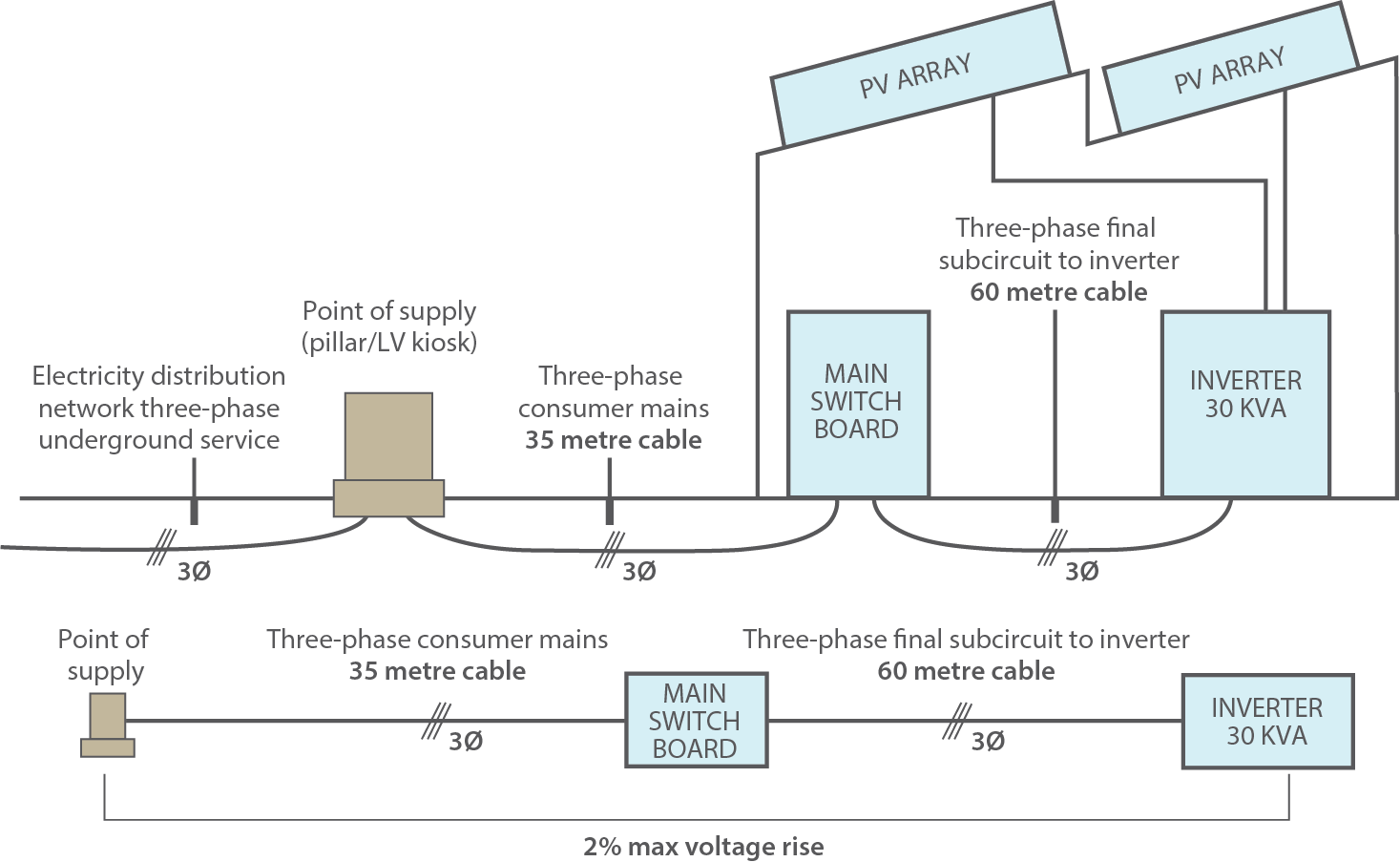The requirements for DC overcurrent protection seem to have changed a lot in the AS/NZS 5033:2021 update upon first glance. But most of these changes are just rearrangement and new notation. This article will explain the old and new requirements. Skip to: AS/NZS 5033:2014 requirements AS/NZS 5033:2021 requirements Comparison of AS/NZS 5033:2014 and AS/NZS 5033:2021 […]
Tag: gses
Deep dive on the new AS/NZS 5033:2021 Updates
AS/NZS 5033:2021 Update – What You Need to Know As part of the solar industry, you’re probably accustomed to the 2014 version of the standard, which had two amendments published in 2018. In November 2021, this standard was updated to reflect the rapid growth of this industry and provide updated safety practices. Knowledge is power, […]
Moulded Case Circuit Breakers Explained
As installed system capacity continues to increase in the Australian PV market, it is valuable for system designers and installers to understand the mechanisms behind moulded case circuit breakers, and the meaning behind their ratings. A moulded case circuit breaker (MCCB) is a type of electrical protection device that is used to protect the electrical […]
Hacking the Battery Management System
First and foremost, it must be stated that GSES is very optimistic about the capability of new energy storage technology. GSES is confident that those that are involved in transition of the electricity grid are moving quickly to make new technology better, cheaper, safer and more secure. That said, a topic which has not been […]
The Pacific Perspective – The Energy Tri-lemma, Battery Storage in American Samoa and New Zealand Case Studies.
Last week Samoa held the Pacific Power Associations (PPA) 26th Annual conference in Samoa. As an allied member of the PPA and a Pacific training organisation, GSES attended the week-long conference. The Island Nations in the Pacific rely predominantly on diesel generators in large or micro-grid configurations for power supply. These Nations have turned to […]
Inverter Power Factor Modes: How do they affect voltage rise calculations?
As Australia continues to see the trend to increase system capacity to medium or large scale Grid-connected PV system, it becomes valuable for Inverter Energy Systems (IES) to have ways to support the power quality of the grid. The most recent revision of the Australian Standard AS/NZS 4777.2: Grid connection of energy systems via inverters […]
Pumped hydro storage in Australia- can a liquid battery compete?
In the past months, there have been many discussions centered around pumped hydro storage schemes. Most notably of which is the current government announcement to expand the iconic Snowy Hydro system as well as South Australia’s investigation into pumped hydro from Spencer Gulf. It is well-known that some renewable energy systems are intermittent and their […]
GSES Training: PV Gains a Further Foothold on Nauru
GSES has conducted PV system installation training on Nauru twice. The most recent training session was conducted by Dr. Rick Potter in November 2016.Nauru is a tiny island located just half a degree south of the equator and east of Papua New Guinea and the Solomon islands. The island is only 21 km² and one […]
Building Integrated Photovoltaics: What is the potential for this PV technology?
Building Integrated Photovoltaics (BIPV), as the name suggests, describe a PV system where solar PV modules are integrated within a building’s envelope, as oppose to conventional PV systems where modules are mounted on the top of existing roofs. BIPV products have been commercially available since the 1990s in Europe, but have not played a major […]
Connection of Inverter Energy Systems to the Grid: New requirements surround residual current devices
The industry has seen rapid uptake of solar PV and energy storage systems connected to multiple mode, or ‘hybrid’, inverters and battery systems over recent months. This has prompted many questions from installers and designers regarding the connection of inverter energy systems to existing electrical installations. While many common questions regarding connecting IES systems can […]










